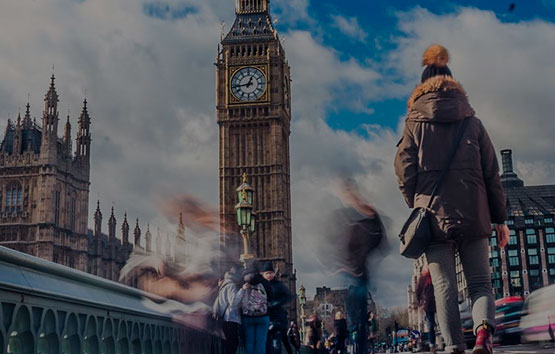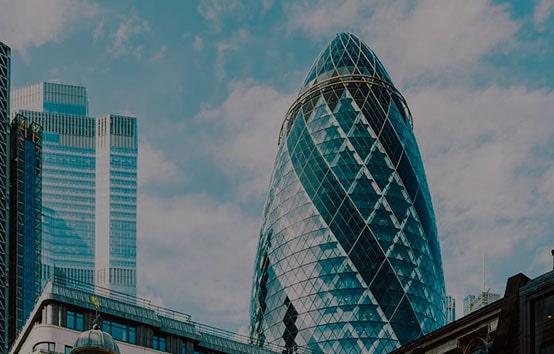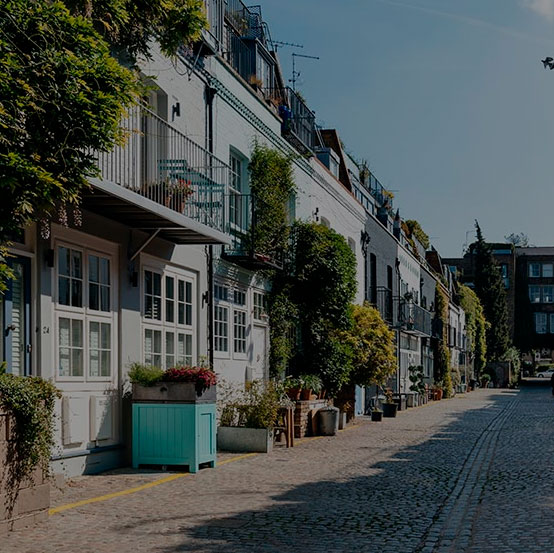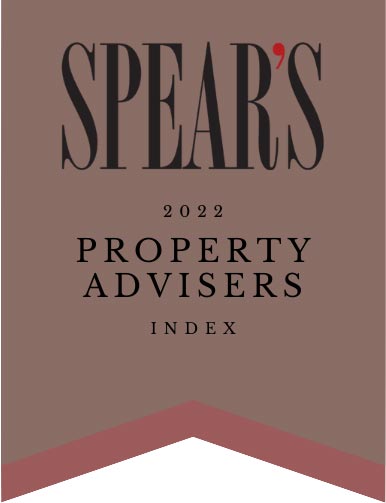The average London home skyrockets to half a million
Homes in the capital have reached a milestone that few could have predicted just a short while ago. The average property price in London now stands at a remarkable £500,000, and the forecast shows that further growth is on the way, albeit at a slower pace.
The Land Registry’s figures for last year show a 5.3 per cent annual growth rate across the country, but London continued to perform head and shoulders above the rest with a whopping 9.6 per cent rise to £499,997. While that may be the average, 10 boroughs within the M25 saw price rises in excess of 10 per cent. Places such as Newham and Greenwich have seen increases of 13.6 and 12 per cent respectively, largely thanks to the predicted benefits that Crossrail will bring to residents there.
North-south divide in evidence once again
Prices elsewhere in the country failed to live up to London’s surge forward, with some areas of the north-east slipping below an average of £100,000. The annual rate of growth saw a decline year-on-year in the region of 0.3 per cent, the only area within England and Wales to fall.
The north-west performed considerably better with growth rates of 2.5 per cent taking average property prices up to £115,594 across the region. However, these gains are in stark contrast to that being made down south. Areas such as Reading and Luton have enjoyed rises of 15 and 14 per cent respectively, further cementing the north-south divide in property prices.
Is the capital capable of maintaining such growth?
This is question on everybody’s lips at present, can London sustain such increases? And, if so, how long for? Analysts are relatively bullish over the short term of the coming months although they do predict that prices will slow even though they continue to rise. Longer term predictions are more difficult to make, but some think that as more and more people begin to become priced out of the market, a downward turn seems inevitable. When that will be is up for debate, however. Mortgages over 500,000 are readily available at present, but only to those who can afford to buy in the first place.
With all that said, demand looks set to remain high and supply shows no sign of improving. Even amateur economists will be able to tell you that this means only one thing. London’s population is growing exponentially and something needs to be done in order to accommodate the swelling masses who come to the capital to seek employment and a better life.
What needs to be done?
Housing is certain to be a huge issue in the upcoming mayoral elections on the 5th of May. The housing minister, Brandon Lewis, recently stated that he would like to see 200,000 homes built each year up until 2020, and yet just 140,000 were built last year. The forecast of 10 million people within London’s boundaries by 2030 shows that there is a desperate need for some joined up thinking over the state of housing here.
The London property market is as interesting as ever, and the saga looks set to continue to fuel debate amongst residents and media commentators alike for the foreseeable future.
For an in-depth report on the state of the UK housing market, read the January 2016 Land Registry House Price Index report.




















